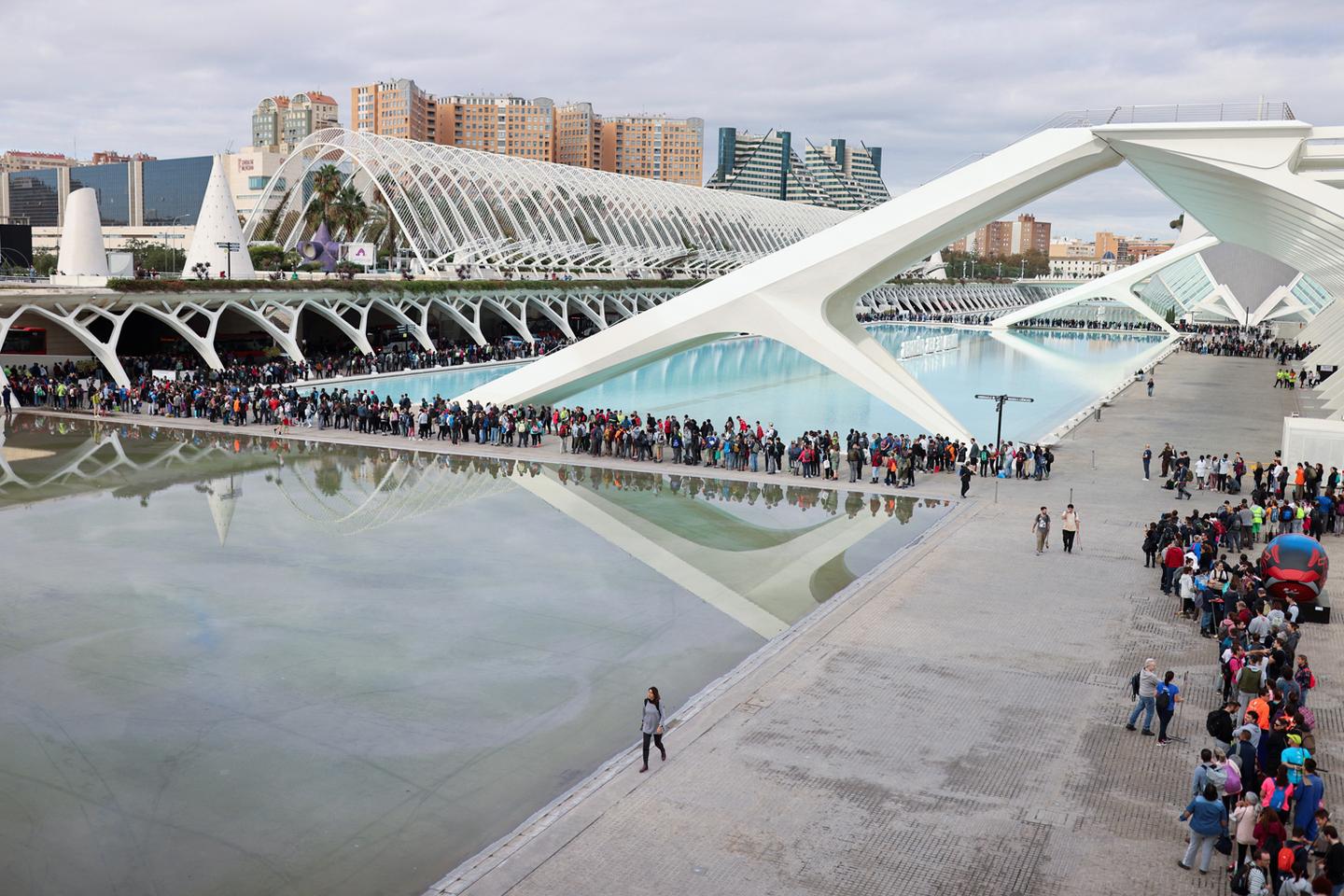The wave of water and mud that, according to recent estimates, killed more than 210 people in the province of Valencia on October 29, has awakened a trauma buried in the memory of the city’s residents. On October 14, 1957, two consecutive floods of the Turia River, which at the time still flowed through the center of the Spanish city to the Mediterranean, dumped millions of cubic meters of water onto the streets, killing 81 people.
The media at the time spoke of “apocalyptic scenes,” with houses destroyed by the torrents and bridges torn up by the current.
“I was 17. The streets were like rivers. The water rose past the first floors of houses. We had to move around by boat,” recalled 84-year-old José Andujar, president of the Levante irrigation community in Valencia. “After that, Franco decided, against the wishes of the people of Valencia, to divert the Turia and its mouth further south, onto highly coveted land where the best orange trees were located… In the end, that saved many lives on October 29.”
All the experts agree that the detour of the Turia, 70 years ago, saved downtown Valencia from disaster. The vast hydraulic engineering program implemented between 1958 and 1969 by Franco’s regime redirected 13 kilometers of the river from Quart de Poblet to the sea, bypassing the city to the south and increasing its drainage capacity. Infrastructure built upstream has helped to alleviate flooding, including the Forata dam, which held back almost 30 cubic hectometers (30 millon cubic meters) of water on October 29.
The old bed of the Turia, transformed into vast gardens and promenades, and now home to the City of Arts and Sciences designed by architect Santiago Calatrava, was preserved, while the new bed absorbed almost 2,000 cubic meters of water per second without overflowing. “Diverting the river and increasing drainage capacity worked,” admitted geologist Antonio Aretxabala, an expert in natural disasters.
“The channeling of the Turia, achieved by digging into the natural terrain without blocking the water coming from the south, saved Valencia from a much greater tragedy. The flow recorded has remained well below the capacity of the new canal, which reaches 4,500 cubic meters per second,” said Miguel Angel Carrillo, president of the Association of Civil Engineers.
South of the Turia, the Poyo ravine, usually dry and capable of channeling only 800 cubic meters per second in the event of flooding, was submerged by a massive wave formed by torrential rains upstream. Its flow reached 2,282 cubic meters per second, according to the Confederación Hidrográfica del Júcar, before its force tore away the measuring systems and devastated the surrounding towns: Paiporta, Picanya, Catarroja, Alfafar… All devastated and in mourning.
You have 42.69% of this article left to read. The rest is for subscribers only.

